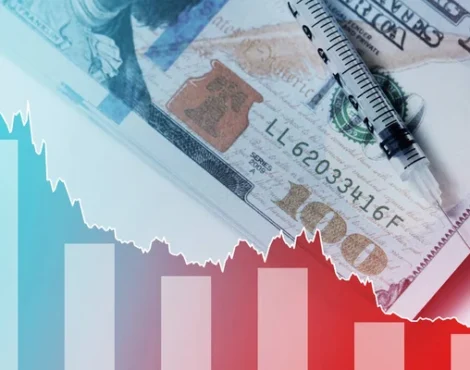Analyzing Forex Market Trends

When it comes to trading in the forex market, it is essential to analyze trends to predict future movements. Traders often use technical and fundamental analysis to identify patterns and trends that can help them make informed decisions. By studying historical data, traders can gain insights into potential market movements and adjust their strategies accordingly. Understanding market trends is crucial for predicting the direction of currency pairs and making profitable trades.
Identifying Predictive Patterns

One of the key aspects of predicting forex market movements is identifying predictive patterns. These patterns can help traders anticipate potential changes in the market and make informed decisions. Common patterns that traders look for include head and shoulders, flags, and triangles. By recognizing these patterns, traders can better predict future price movements and adjust their trading strategies accordingly.
Strategies for Predicting Forex

There are various strategies that traders can use to predict forex market movements. Some common strategies include trend following, range trading, and breakout trading. Trend following involves identifying and following the direction of a trend, while range trading involves buying and selling within a specific price range. Breakout trading involves entering a trade when the price breaks out of a set range. By incorporating these strategies into their trading plans, traders can improve their chances of predicting market movements accurately.
Using Technical Analysis

Technical analysis is a popular method used by traders to predict forex market movements. By analyzing historical price data and using indicators such as moving averages, Fibonacci retracement levels, and support and resistance levels, traders can identify trends and patterns that may indicate future price movements. Technical analysis can help traders make informed decisions and improve their accuracy in predicting market trends.
Factors Impacting Predictions

Several factors can impact the accuracy of predictions in the forex market. Events such as economic indicators, geopolitical tensions, and interest rate changes can all influence currency prices and market movements. Traders need to stay informed about these factors and how they may impact the market to make accurate predictions. By being aware of these influences, traders can adjust their strategies and make informed decisions.
Improving Accuracy in Forecasting

To improve accuracy in forecasting forex market movements, traders can use a combination of technical and fundamental analysis. By using technical indicators to identify trends and patterns and incorporating fundamental analysis to understand economic factors, traders can make more informed predictions. Additionally, traders can use risk management techniques, such as setting stop-loss orders and diversifying their portfolios, to minimize potential losses. By incorporating these strategies into their trading plans, traders can improve their accuracy in forecasting forex market movements.
Comparison Table
| Strategy | Description |
|---|---|
| Trend Following | Identifying and following the direction of a trend |
| Range Trading | Buying and selling within a specific price range |
| Breakout Trading | Entering a trade when the price breaks out of a set range |
In conclusion, predicting forex market movements requires a thorough analysis of trends, patterns, and factors that can impact price movements. By using a combination of technical and fundamental analysis, traders can make more informed predictions and improve their accuracy. It is essential for traders to stay informed about economic indicators and other factors that can influence currency prices to make profitable trades. By incorporating various strategies and risk management techniques into their trading plans, traders can enhance their accuracy in forecasting forex market movements and increase their chances of success in the market.



